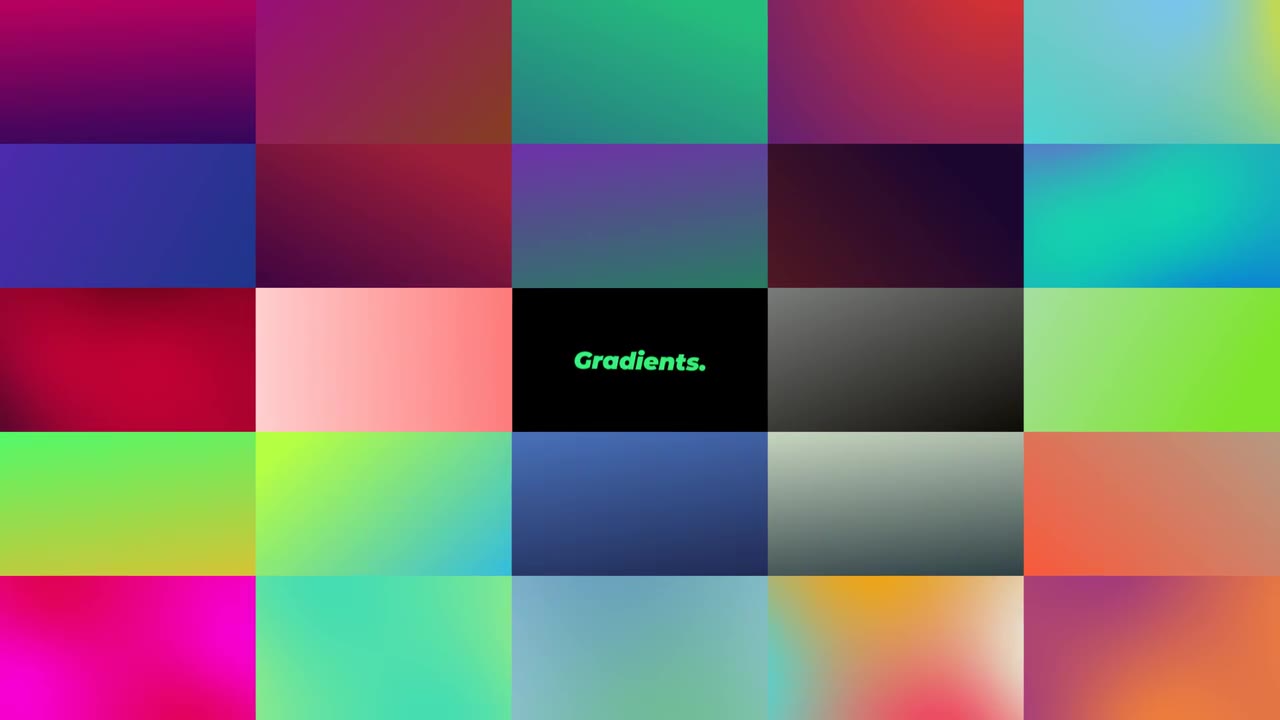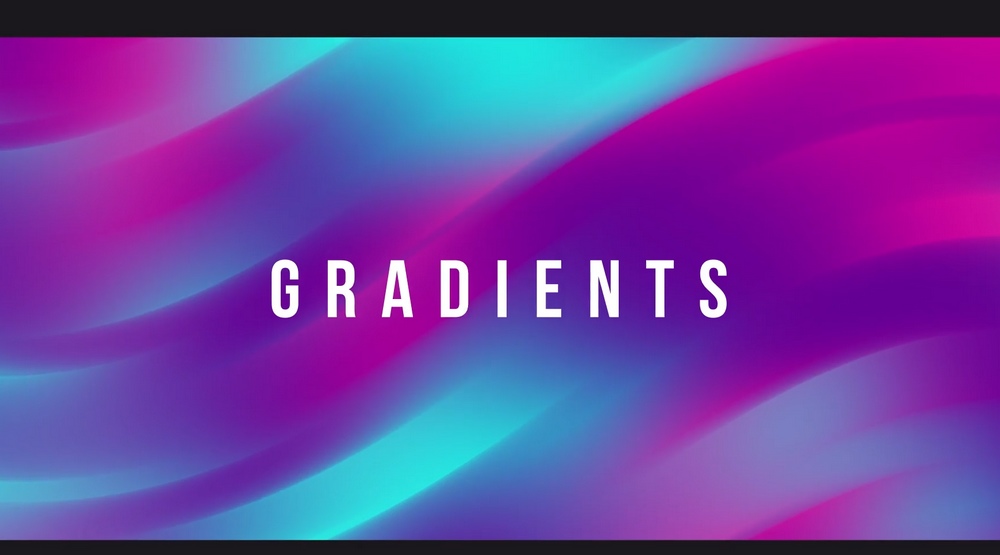

Similarly, CSS animations also play a vital role in regards to build mind-blowing designs.
Moving gradient after effects update#
Again, the code is minimal here, we can re-render the scene and update its values for every frame produced by requestAnimationFrame().No doubt, color gradients play an important role in an attractive UI design. We will use Javascript animation frames as this process can become quite CPU/GPU intensive. This will give you an idea about how this is working, since you’ll see it is just a sheet being warped, and the sharp lines produced in the gradient are actually just parts of the sheet overlapping with itself.Īlright - now comes the animation. If you adjust line 42, multiplyScalar(5) to multiplyScalar(1), you can see the object fully without the massive zoom in. add (mesh ) // Finally we can render using both the scene and camera renderer. rotationZ = 0.1 // When we're done manipulating, we add it to the scene scene. multiplyScalar ( 5 ) // Lets rotate it a little bit too mesh. set ( 0, 140, - 280 ) // And we scale it (so it is bigger or smaller) mesh. Mesh (geometry, material ) // We poisition it in our scene mesh. vec3 mod289 ( vec3 x ) ) // Now we have the shape and its material, we combine to make what is displayed on the screen let mesh = new THREE. Below is the final output of the shaders which you can paste straight into the body of your HTML:
Moving gradient after effects download#
The best way to learn about these more is to download the files in this article and try changing a few things in the shaders and Javascript.


One of these shaders is called the vertex shader - this will adjust every ‘vertex’ point on the page. They’re part of a pipeline of tasks that happen when something is rendered in 3D on your screen. Shaders, as we describe here, are essentially functions which adjust the output of a 3D rendering. As I learned, there are essentially three parts to a successful WebGL - two shaders and a bit of Javascript to manipulate the shapes produced. WebGL is a pretty overwhelming concept if you don’t know anything about it, as I didn’t before I started on my gradient fill journey.

In index.html, paste the following hollow HTML structure. To start I created a new file called index.html and another called script.js in the same folder. I’m using three.js for this experiment because it makes WebGL very easy. To create the Javascript animated gradient background effect I used three.js Getting Started -three.js So next I decided to try going for a Javascript animated gradient effect. This looks fine, but it's not really the final effect I was after.


 0 kommentar(er)
0 kommentar(er)
